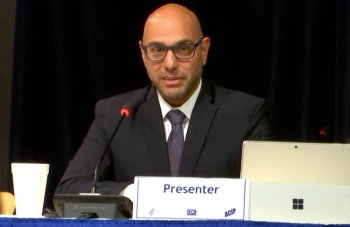
Preparing workers for time disruptions: a slideshow
Three strategies and four methods to help workers build temporal resilience in the workplace.
Clocks will spring head in the early morning hours of March 10 as much of the United States switches to daylight savings time for late winter, spring, summer and fall 2024.
But that is not the only time disruption that happens in the workplace. Physicians know well medicine sometimes requires fast action to treat wounds or illness. Other conditions require a slow but steady regimen of healing.
Researchers at the University of Texas at Austin argue workplace time disturbances are only increasing.
“There are different patterns of resilience to different kinds of changes in time,” David Harrison, Texas McCombs management professor said in a news release. Harrison and Lilliana Perez-Nordvedt of the University of Texas at Arlington explained three strategies for dealing with time disruptions.
This slideshow outlines those three strategies and four methods to help workers build temporal resilience in the workplace.
The recommendations come from the study, “From Time Wrinkling to Time Razing Disruptions: Understanding Temporal Resilience,” first published in the Academy of Management Review. There is an accompanying
Newsletter
Stay informed and empowered with Medical Economics enewsletter, delivering expert insights, financial strategies, practice management tips and technology trends — tailored for today’s physicians.















